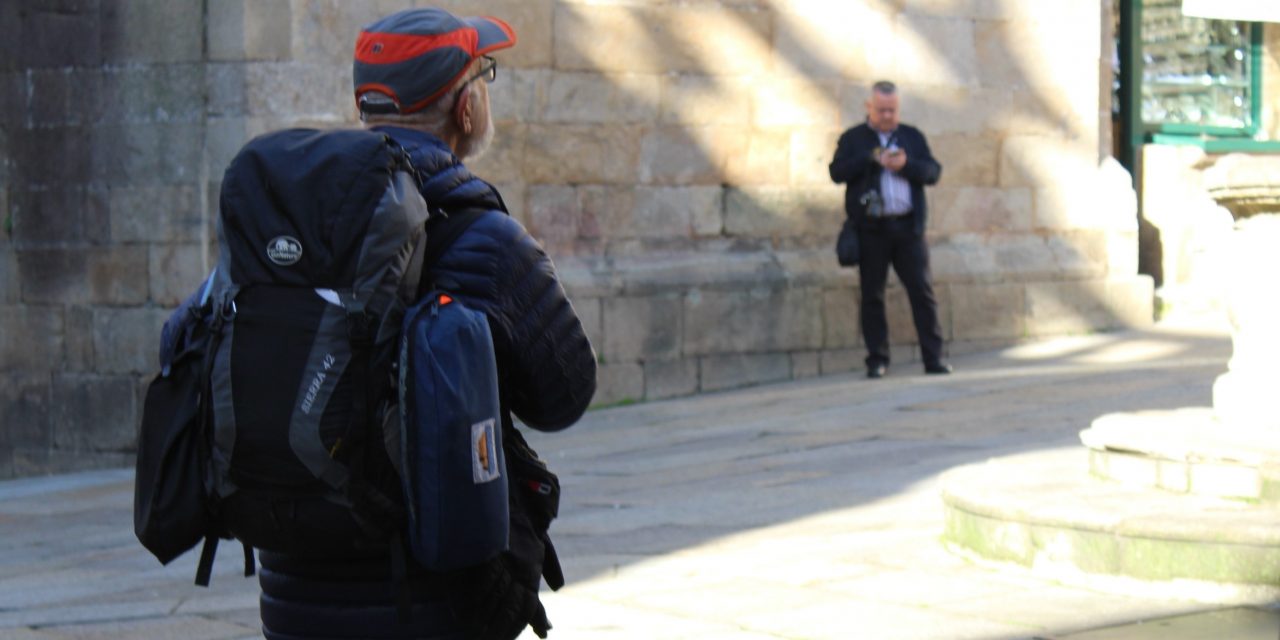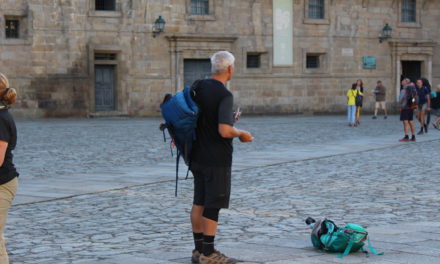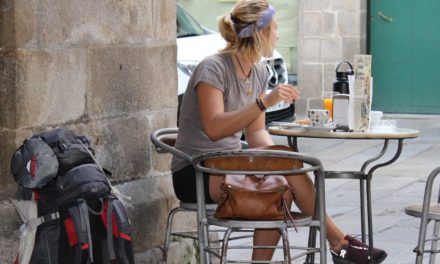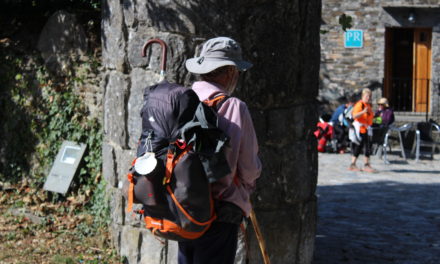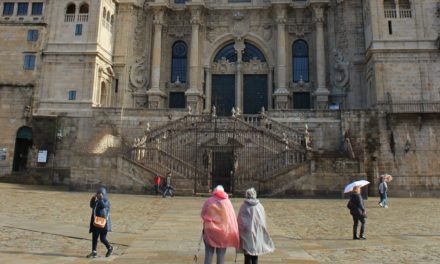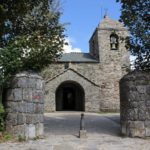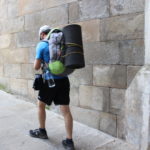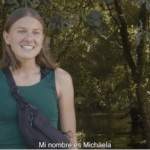José is very involved with the Camino de Santiago. In his country he belongs to two different associations: the Associação Espaço Jacobeus (Confraria de São Tiago) and the Associação de Peregrinos Via Lusitana. He is also member and “hospitalero” of the Asociación Galega de Amigos do Camiño de Santiago (AGACS). He is Catholic and Espaço Jacobeus is an openly religious association, but he also works and is involved with the pilgrimage in its more practical aspects.
Ever since he heard about the Camino and the city of Santiago he loved the idea, he liked everything, the connection with the Apostle, the city and its cathedral. He came several times by car to visit the cathedral – just as he is a devotee of Fatima and visits her sanctuary. But when he came to Santiago and saw the pilgrims who arrived on foot he realized that there was much more.
It was 6 years ago when he decided to do the Camino for the first time. He started in Valença and the rain was constant. He remembers standing with his staff and cape, looking at the Vigo estuary and his heart was happy and he thought: ‘I am here without the comfort of home, it is pouring with rain, yet I feel very happy.’ Why? He believes that the answer is partially due to his faith, to the fact that on the Way he can pray and live a very intense religious experience, but there are also other pilgrims and living with them.
Since he traveled his first Road he has not stopped walking: he travelled the Portuguese Central Way from Porto and continued touring the routes of Portugal and Galicia. He also walked to Fatima, which is a more of a road trip that can be travelled from Santiago since it is quite well signposted. But he emphasizes that the pilgrim of Fatima is very different from the pilgrim to Santiago. In the case of Fatima, the majority are Catholics and travel the Camino to fulfill a promise or an aim, and they usually travel in groups. What is interesting is not the individual experience of the Camino, but to arrive and fulfill the promise. On the Camino de Santiago there is much more diversity of experiences, atheists, agnostics … in Fátima almost all are practicing Catholics.
He has also made a pilgrimage with his wife. The two walked from Fatima to Coimbra, but from there he continued on alone to Porto. His wife joined with him again in Valença and, from there, they walked together to Santiago. He believes that the Portuguese Way is well signposted in all its sections, but between Coimbra and Porto there is too much high road, many fewer pilgrims. From Porto it is different, the Camino is very beautiful and there are many more pilgrims. Of course, he believes that there are many tourists on the Camino, but also believes that it is possible that those who start out as tourists end up being pilgrims.
In addition to being a pilgrim and person involved in the Jacobean association movement, José is a brother of the Archconfraternity of Santiago, brother of the Brotherhood of Santa Clara de Coimbra, he is the delegate in Coimbra for the Associação Espaço Jacobeus, and has a long experience as a volunteer: as a hospitalero and in the Pilgrim Office of the Cathedral from Santiago.
He started volunteering because he loved the way he was welcomed in the hostel of the Monastery of Herbón during his stay as a pilgrim 5 years ago.
He believes that one wants to be hospitable to give what he received, but also to give what he did not receive and would have liked to have received.
To deal with his work as a hospitalero, he took a course with the Spanish Federation of Friends of the Camino de Santiago Associations. Then he went to Salamanca, on the Vía de la Plata, and Albergaria to Velha, to a hostel of the Portuguese association Via Lusitana, which is halfway between Coimbra and Porto. More recently, last year, he worked as hospitalero in the hostel of the Monastery of Herbón.
All his experiences as a pilgrim and as a hospitalero tend to focus on the Portuguese Way. He is very interested in this Way and there is a lot of work to do because there are more and more pilgrims, especially from Porto, but also from Lisbon, because it is easy to get to those cities by plane. The important flow continues to be from Porto, but every time there are more foreigners who choose a long route, but it is the Portuguese who walk the most from Oporto.
As a hospitalero he also knows the current problems of the Camino. For example, the new data protection law, which makes it possible for a pilgrim to arrive at a shelter with an uncovered credential, bearing only his first name. This should not happen, asking them to cover the data and be identified is necessary to avoid the problem of tourism on the Camino and of vagabonds.
Regarding the prices of the hostels, he wants them to be free, with optional donations, but he makes an important difference between them: he believes that the donation is important because it is the way of dealing with cost of maintaining the space.
Last year he decided that he also wanted to live the experience of volunteering at the Pilgrim’s Office, an experience that is possible through the program of Christian Welcoming on the Way. Now he has just finished his second experience as a volunteer in the Office, it is an experience very different from that of the hospitalero because he does not live with the pilgrims but he finds it very interesting.
Every year there are queues of pilgrims and you have to take care of them, talking with those pilgrims who have come from all over the world. He enjoys this service a lot, looking after each one and attending to their needs.

